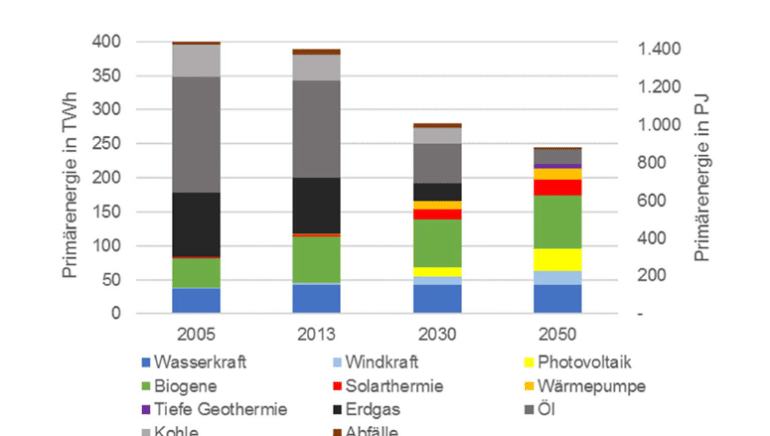
After the massive outbreak in Europe, the coronavirus finally fully hit the USA last week. It was the middle of the previous week when Johns Hopkins University recorded more than 200,000 confirmed infections with the novel COVID-19 lung disease caused by the virus – more than anywhere else in the world.
While the economic impact of the disease, apart from the health consequences, is nearly impossible to quantify at this point, the resulting slump in stock market prices is already setting itself up as one of the biggest stock market crashes in history. As probably the world’s best-known stock index, the Dow Jones Industrial Index offers a very instructive overview of the most serious crises from the perspective of the financial markets.
In February of this year, the Dow reached its highest levels in its 136-year history. At the peak of a record streak that began around September of 2019, the index climbed to over 29,500 points. Only a few weeks later, the Dow Jones plunged to below 19,000 points, a level it had not fallen below since 2016. On 16 March, the Dow Jones declined by 12.9 per cent – 2,997.10 points – to 20,188.52 points, marking the weakest trading day since 1987’s Black Monday.
Post-millennial World financial crisis and turbulence
Until this event, the Dow’s collapse a few days after the bankruptcy of the investment bank Lehman Brothers in late September 2008 had been the biggest daily loss in absolute figures, with the Dow falling by 777.68 points in a single day. This event marked the beginning of the last economic crisis to date, which, triggered by a speculative bubble for real estate and financial products based on credit bonds, first caused turbulence among banks worldwide and later drove many countries, especially in Europe, into massive debt.
While the Dow was able to record its largest daily gain up to that date on 13 October 2008 with a plus of 11.08 per cent, this did not change the fundamental downtrend, which did not see a bottom until it reached 6,500 points at the beginning of March 2009.
In April 2010, after a little more than a year and a half, the Dow finally found itself back at pre-crisis levels. However, the consequences of the global financial crises affected the real-world economy for some time to come.
A comparable crash occurred shortly after the turn of the millennium: When the US stock markets reopened for the first time after the September 11, 2001 attacks, the Dow fell by 684.81 points. In absolute figures, this was the third largest daily loss in its history; in percentage terms, it lost 7.1 per cent. Moreover, the slump came only a few months after the dot-com bubble burst. It took the Dow until March 2006 to recover to comparable levels from this double-whammy.

Black days in the 20th century
Until the recent price drops, 1987 was considered the worst post-WWII year on the stock markets. On October 19, 1987, the Dow fell by 22.6 per cent, the biggest daily loss in its history in percentage terms. In the five previous years, it had gained a total of around 250 per cent.
At that time, however, the US was struggling with a massive trade deficit, and inflation became an increasing problem during the run-up to the stock market crash, until the US Federal Reserve raised key interest rates for the first time in three years. Additionally, this uncertainty had spread in the currency markets to such a degree that confidence in the US dollar crumbled. It took the Dow Jones until summer 1989 to return to pre-crash levels again.
The most recent previous comparable event had taken place more than 55 years earlier. In 1929, a “Black Monday” occurred, following an already devastating “Black Thursday”, and in turn followed immediately by a “Black Tuesday”. On 28 and 29 October 1929, this caused the Dow to collapse by a total of 23 per cent.
The 12.8 per cent single-day slump on 28 October remained the biggest daily loss until 1987’s Black Monday, triggered by the bursting of a speculative bubble that had formed due to a lack of regulation and control and the lack of knowledge of many investors. The stock market crash of 1929 heralded the Great Depression, which had a major and lasting impact on US society. It wasn’t until well after the Second World War that the Dow Jones regained the high level it had reached before the Great Depression, in autumn of 1954.
Trigger of and reaction to crises is key
The first quarter of 2020 of the world’s foremost stock index will undoubtedly go down in history as one of its worst: In the first three months of 2020 it lost more than 26 per cent of its value. But as its history shows, a deep fall does not necessarily mean a particularly long dry spell for investors. In addition to the reasons for the slump, the deciding factors for recovery are the lessons and reforms that politicians and investors learn from it.
Our dossier on coronavirus with analyses: https://blog.en.erste-am.com/dossier/coronavirus/
Legal note:
Prognoses are no reliable indicator for future performance.

